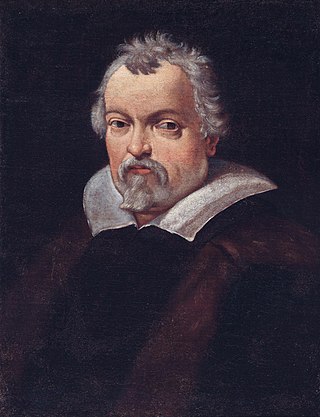Ludovico Carracci
Bolognese painter of the Baroque (1555–1619) From Wikipedia, the free encyclopedia
Ludovico (or Lodovico) Carracci (/kəˈrɑːtʃi/ kə-RAH-chee, UK also /kəˈrætʃi/ kə-RATCH-ee, Italian: [ludoˈviːko karˈrattʃi, lod-]; 21 April 1555 – 13 November 1619) was an Italian early-Baroque painter, etcher, and printmaker from Bologna. His works are characterized by a strong mood invoked by broad gestures and flickering light that create spiritual emotion and are credited with reinvigorating Italian art, especially fresco art, which was subsumed with formalistic Mannerism. He died in Bologna in 1619.
Ludovico Carracci | |
|---|---|
 Ludovico Carracci, in a 17th century portrait | |
| Born | 21 April 1555 |
| Died | 13 November 1619 (aged 64) Bologna, Papal States |
| Education | Prospero Fontana |
| Known for | Painting |
| Movement | Baroque |
| Relatives |
|
Biography
Summarize
Perspective

Ludovico apprenticed under Prospero Fontana in Bologna and traveled to Florence, Parma, and Venice, before returning to his hometown. Together with his cousins Annibale and Agostino Carracci, Ludovico worked in Bologna on the fresco cycles depicting Histories of Jason and Medea (1584) in Palazzo Fava, and the Histories of Romulus and Remus (1590-1592) for the Palazzo Magnani. Their individual contributions to these works are unclear, although Annibale, the younger than Ludovico by 5 years had gained fame as the best of the three. This led to Annibale's famed commission of the Loves of the Gods in the Palazzo Farnese in Rome. Agostino joined Annibale there briefly.
While Ludovico remained in Bologna, this does not mean that he was any less influential, the biography of Lanzi states that around 1585, Ludovico and his cousins had founded the so-called Eclectic Academy of painting (also called the Accademia degli Incamminati). More recent conjectures are that there was no established Academy with curriculum, but that Ludovico tutored many in his studio.
This studio however propelled a number of Emilian artists to pre-eminence in Rome and elsewhere, and singularly helped encourage the so-called Bolognese School of the late 16th century, which included Albani, Guercino, Sacchi, Reni, Lanfranco and Domenichino. The Carracci had their apprentices draw studies focused on observation of nature and natural poses, and use a bold scale in drawing figures.[1] Two of Ludovico's main pupils were Giacomo Cavedone and Francesco Camullo.
Restitution
In 2009, Carracci's painting of St. Jerome (c. 1595) was restituted to the heirs of Max Stern, a German Jewish art dealer persecuted and looted by the Nazis.[2][3]
- Ludovico Carracci's works
- Lamentation of Christ (ca. 1582)[4]
- Madonna and Child with Saints
- Annunciation
- Madonna dei Bargellini (1588)
- Transfiguration (1595)
- Abraham and the Three Angels
References
Sources
External links
Wikiwand - on
Seamless Wikipedia browsing. On steroids.









